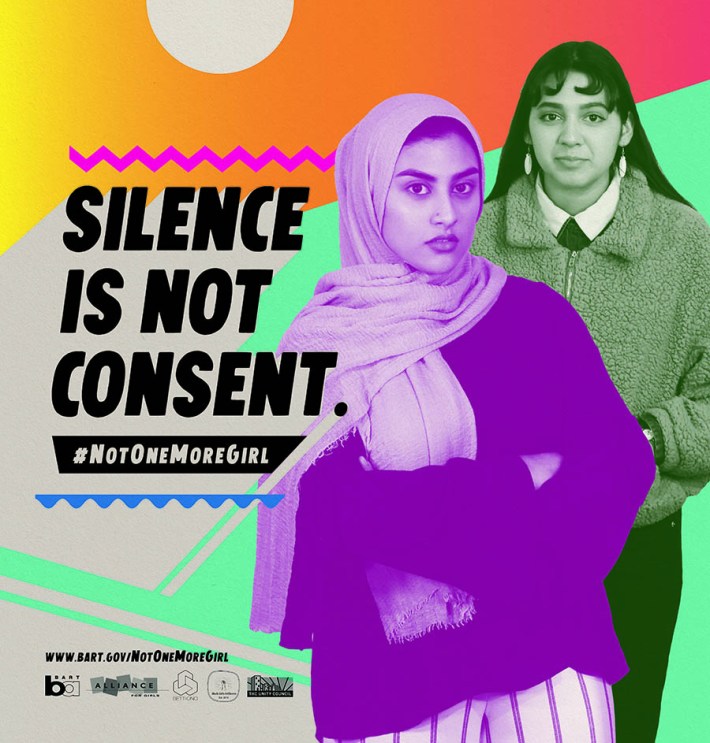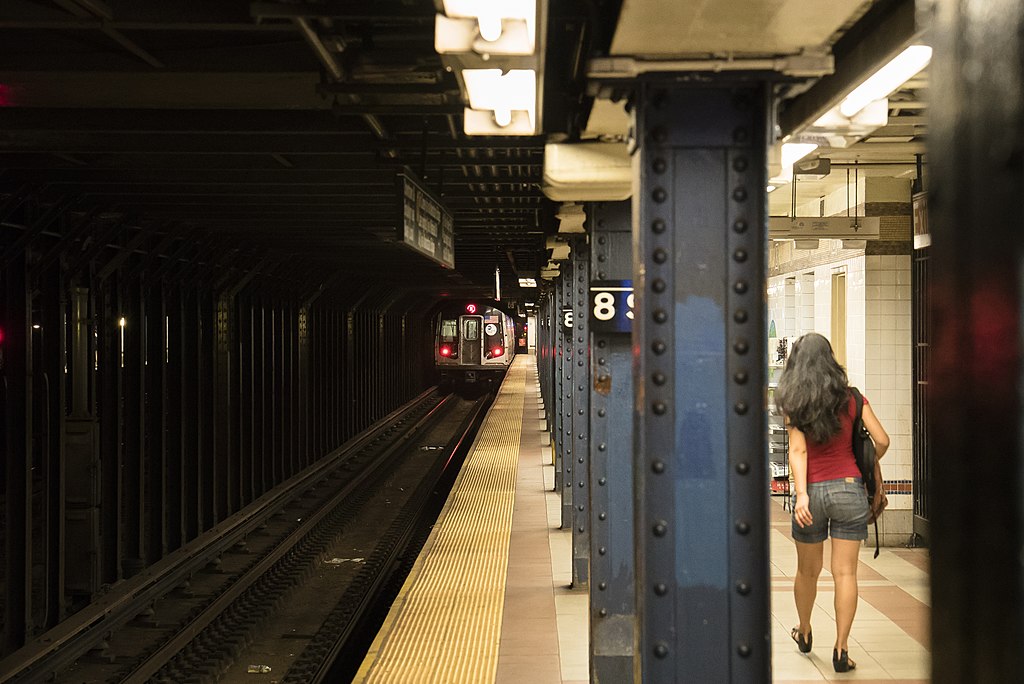Safety is a top concern for riders hesitant to return to public transit. Yet, the definition of safety isn't uniform for everyone. As our community struggles with crises of drug abuse, gender and race-based harassment, mental health challenges, and homelessness, ensuring both physical and perceived safety on transit can seem like an uphill battle for a transit agency that just wants to run its trains on time. But as transportation systems rebound from the impacts of the pandemic, getting safety right is essential to restoring ridership and cultivating inclusive, thriving transit for all.
TransForm’s report “Ride Fearlessly: A Framework for Reimagining Transit Safety,” based on interviews with advocates and transit agencies nationwide, reveals one surprisingly straightforward solution: improve transit service. Bright lighting, well-maintained restrooms, frequent service, the presence of other passengers, friendly unarmed staff, and a culture rooted in care are the factors that resonate most with riders and experts to improve safety.
1. Simple upgrades to public transit can yield big gains in safety
Increasing transit frequency and reliability reduces wait times, lowering the likelihood of harassment or harm. It’s also one of the best strategies for boosting ridership, which in turn increases riders’ sense of safety, in a virtuous feedback loop.
While starting with service and station improvements as a means to improve safety might seem counterintuitive, research from the World Health Organization (WHO) backs it up. In its report, Making Sense of Safety, the WHO found that a reduction of objective injury-related measures does not necessarily lead to a proportional increase in subjective safety, and vice versa. So it’s essential to address the factors that contribute to riders’ safety perceptions, including environmental factors such as cleanliness and helpful staff.
2. Supportive interventions are more effective than policing
The common thread running through these solutions is the absence of law enforcement as the starting point. Not only do transit agencies waste valuable resources deploying police officers to respond to non-violent issues, their deployment also fosters a sense of danger among riders, particularly within Black and Brown communities. In addition to investing in service improvements, transit agencies across the nation are taking incremental yet impactful steps to reimagine safety beyond policing.
In Pennsylvania, The Southeastern Pennsylvania Transportation Authority’s (SEPTA) SCOPE program partners with social workers to support unhoused riders and provide de-escalation training to staff. SEPTA engages with an average of 4,300 vulnerable individuals monthly and connects them to resources such as emergency rooms, food pantries, drug and alcohol treatment, mental health treatment, and shelters. SCOPE resulted in decreased assaults on employees and increased rider satisfaction.
3. Community partnerships yield successful initiatives
I had the honor of co-creating the "Not One More Girl" Campaign in my role as Advocacy Director of the Alliance for Girls in the Bay Area. This initiative serves as a remarkable example of how transit agencies can effectively address sexual harassment affecting girls and gender-expansive youth. By placing community voices and needs at the forefront, we involved over 300 community members, 100 youth, 11 artists, and more than 15 organizations in the effort.

Together, we sought innovative ways to address the pervasiveness of sexual harassment and rape culture on our transit system. Our collaborative efforts led to several impactful outcomes, including updates to BART's code of conduct to prohibit sexual harassment. Additionally, we compiled a comprehensive list of non-police resources on BART's website. The "Not One More Girl" campaign improved rider safety perception by 36%.
The young individuals I collaborated with developed a strong sense of ownership over their transit system, fostering genuine excitement about riding it. Initially, they held little expectation that BART would genuinely act on their suggestions, making it all the more transformative when their leadership contributions and ideas were put into action. One of the young participants expressed a profound sentiment, sharing that they had never imagined seeing concrete steps taken to address this issue within their lifetime. The fact that they could witness and be a part of this positive change while still in their youth left them with a profound sense of awe and gratitude. It was indeed an extraordinary and life-changing experience for them.
In the examples at SEPTA and BART, transit agencies used partnerships with community stakeholders to craft safety solutions that address the needs of all riders, particularly those who are most vulnerable. The impact of safer transit systems extends far beyond riders' journeys, contributing to reduced carbon emissions, less strain on roads, and fewer road-based fatalities.
The path to making transit safe requires a collective commitment to prioritize the rider experience, strong community partnerships, and a focus on improving transit service. When safety is genuinely improved, ridership flourishes, and the positive impacts cascade across our communities, creating a world where everyone can ride fearlessly.
Editor's note: read Streetsblog San Francisco's coverage of TransForm's report here.






